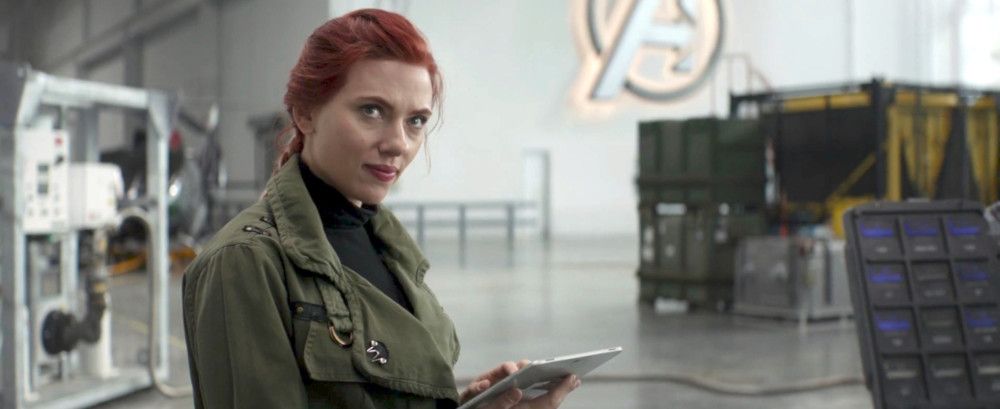
Brie Larson gets two hairstyles during the time-travel shenanigans of Avengers Endgame but Scarlett Johansson gets three, and that’s what star power looks like.
The old saw was that comics’ advantage over everything else came from an artist’s ability to draw what no screen could show, and Endgame might mark the point where that theory finally skulks away under mocking laughter from the offices of Weta Digital. But showing is not the same as creating. Discussing how digital images tend to flatten empathy rather than elevate it has to be done quietly or you get a visit from the fashion police, even though the scholarship is clear; but at some point advocates of film as The Empathy Machine will have to properly address what actually happens in the brainpan when looking at three dozen tiny digital archetypes fighting on a ruined landscape under a vomitous digital sky, every processing filter cranked up to Moodiest Mood. Whatever that sensation is, it’s not empathy. Expert dopamine delivery from the Mouse House skunkworks, yes; empathy no.
It is emphatically not radical either, repeating traditional conservative business under the thinnest possible layer of progressive drama. Endgame has two characters make peace with their dead parents so that they might Move On, necessary if your stories are going to be about personal identity and epiphany. (Nobody noticed, but Aquaman actually was radical and ended with the parental unit reformed so no one had to cry about anything.) And the biggest messages of all have been rooted immovably in place since 2008, if not 1908: resets, reboots, origin stories.
Umberto Eco and Marc Singer know the score:
Cyclical stories threaten to impoverish the reader’s awareness of time, causality, and responsibility. This type of story is one of the pedagogic instruments of society and the destruction of time that it pursues is part of a plan to make obsolete the idea of planning and social responsibility. The way repetitive serial fictions present time is implicitly political. A limited temporal imagination stunts the political imagination.
Stan Lee knew the score too, at least at first. All the sticky issues of creative credit and Lee’s personal welfare that gathered over his cameos in these films have defied definitive praise and scorn for nearly 20 years, so his final one could hardly clarify things at this late date. It might be appropriate though, given that those cyclic reinventions were in Lee’s blood and in his nature, that he signs off disconnected from analogue reality altogether, driving down a non-existent highway at a non-existent age under non-existent skies and non-existent hair, off towards some digital nirvana created by people who weren’t born when he retired and adored material he hadn’t created alone, or indeed at all. Whatever endgame of entertainment the original Lee had in mind back while playing that ocarina, it surely could not have been this one.